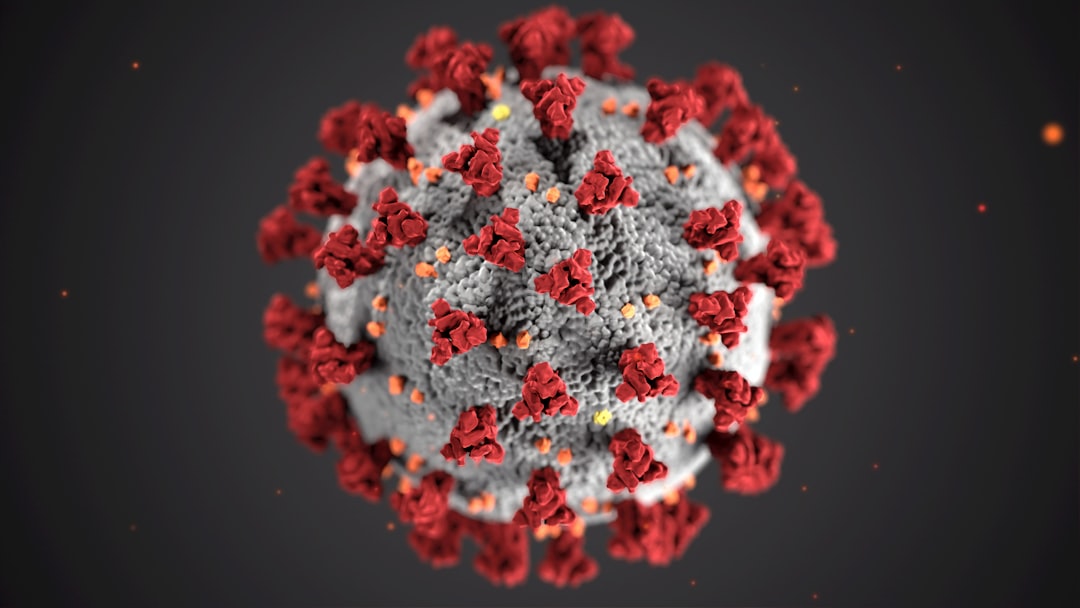What is it about?
Titanium dioxide nanoparticles (nTiO2) are one of the most widely produced and used nanomaterial that has entered our daily lives as part of sunscreens, ointments, toothpaste and paints, etc. A great share of the nTiO2 from the consumer products ends up in the sewage sludge, which after being dried up makes good fertilizer and is applied to the agricultural soil. Therefore, plants are inevitably exposed to and are influenced by the presence of nTiO2.Though the interaction of nTiO2 with plants has been studied, however, scientists are unable to decide if they are beneficial or harmful; pressing the need for conducting more studies. _x000D_ We have assessed the effect of nTiO2 on the germination and growth of mung bean, a commercially and nutritionally important pulse crop. The work was accomplished by growing the plants up to 14 days in nutrient-rich water premixed with both low (10 mg L-1) and high (100 mg L-1) amounts of nTiO2. Several physiological parameters such as seed germination, plant height and weight, contents of chlorophyll, flavonoids, protein, carbohydrate and phenolics, free radical removal capacity as well as the activities of several antioxidant enzymes were measured to record the performance of nTiO2 treated mung bean plants. Any fluctuations in these parameters compared to the untreated plants were attributed to the presence of nTiO2. This is a step towards filling the existing knowledge gaps in our current understanding of the plant-nanoparticles interaction._x000D_
Featured Image

Photo by Jeremy Bezanger on Unsplash
Read the Original
This page is a summary of: Enhanced growth and antioxidant efficiency of Vigna radiata seedlings in the presence of titanium dioxide nanoparticles synthesized via the sonochemical method, Israel Journal of Plant Sciences, December 2021, Brill,
DOI: 10.1163/22238980-bja10048.
You can read the full text:
Contributors
The following have contributed to this page










